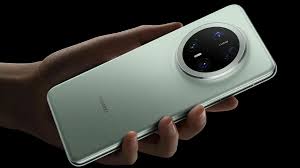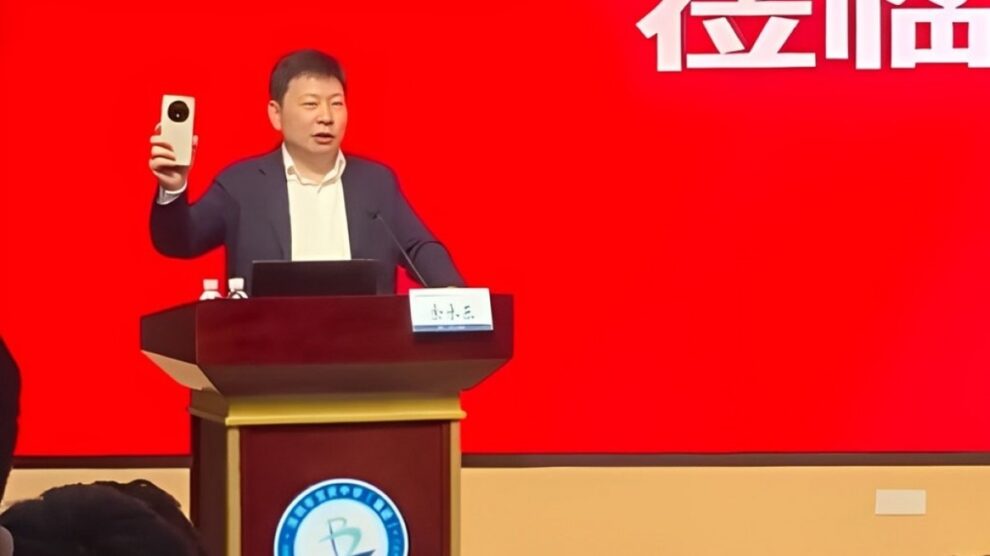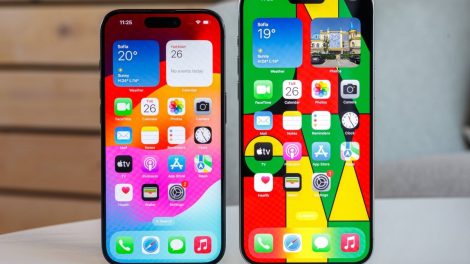The Huawei Mate 70 has emerged as a revolutionary device, marking a significant milestone in the global smartphone industry. Distinguished as a 100% made-in-China smartphone, this flagship device showcases Huawei’s remarkable technological advancements and its ability to circumvent the ongoing challenges posed by international trade restrictions. For you, this device represents more than just a phone—it signifies the potential of domestic innovation in the face of global economic pressures.

Huawei’s announcement of the Mate 70 carries substantial implications, not just for its domestic market but also for the broader tech industry. By developing a smartphone entirely within its borders, Huawei has highlighted its capability to bypass reliance on external suppliers, particularly in the areas of semiconductor manufacturing and software development. The Mate 70 symbolizes a shift in how nations approach technological self-reliance, and its debut raises questions about the future of global technology supply chains and the geopolitical forces influencing them.
A Technological Triumph Amid Global Challenges
The Huawei Mate 70’s journey to becoming a fully domestically produced smartphone is rooted in years of perseverance and ingenuity. This achievement comes at a time when Huawei has faced immense scrutiny and sanctions, particularly from the United States, which has sought to limit the company’s access to key technologies. These restrictions targeted Huawei’s ability to source advanced semiconductors and software, making the development of the Mate 70 an extraordinary accomplishment.
Central to the Mate 70’s success is Huawei’s in-house Kirin chipset, which underscores the company’s growing dominance in semiconductor design and manufacturing. By leveraging its resources, Huawei has created a chip that competes with international giants, proving that China has the infrastructure and expertise to meet global standards. This development is a reminder of the country’s capacity to innovate under pressure and reinforces its position as a rising technological power.
The phone’s operating system, HarmonyOS, is another key element of this narrative. Built independently from American technologies, HarmonyOS serves as a testament to Huawei’s determination to create an ecosystem that offers users a seamless experience without relying on Android or iOS. For you, this move ensures a level of security and independence, especially if you are wary of international data-sharing practices.
The announcement of the Huawei Mate 70 as a 100% made-in-China smartphone highlights the importance of domestic supply chains in maintaining technological sovereignty. By producing every component of the Mate 70 within its borders, Huawei reduces its vulnerability to international disruptions. This approach is particularly relevant given the growing emphasis on supply chain resilience in the face of geopolitical uncertainties.
The achievement is not merely a technical one; it is also deeply symbolic. It reflects China’s commitment to becoming self-reliant in critical industries, including semiconductors, displays, and software. For you as a consumer, this ensures that the device you hold is not only technologically advanced but also a product of a nation striving to assert its place on the global stage.
This fully domestic supply chain also represents an opportunity to reduce costs while increasing control over quality and production timelines. As a result, the Mate 70 can be offered at a competitive price without compromising on features. For you, this means access to a high-performance smartphone that aligns with your expectations of quality and affordability.
Breaking Down the Features of the Huawei Mate 70
The Mate 70 is equipped with a range of features that place it firmly among the top-tier smartphones of its time. It combines powerful hardware with intuitive software to deliver a seamless user experience. Below is a breakdown of its specifications:
| Feature | Details |
|---|---|
| Chipset | Huawei Kirin series, designed and manufactured domestically |
| Operating System | HarmonyOS, providing a distinct ecosystem built independently from Android or iOS |
| Display | High-resolution OLED with cutting-edge refresh rates |
| Camera | Multi-sensor setup optimized for low-light photography and AI-enhanced imaging |
| Battery | Advanced fast-charging and long-lasting performance |
| Connectivity | 5G capabilities built with proprietary technologies |
For you, these features ensure a balance of performance, durability, and innovation. The Kirin chipset, in particular, demonstrates Huawei’s ability to compete with global leaders in processor technology, ensuring smooth multitasking, gaming, and app performance.
The Huawei Mate 70’s debut has significant implications for the global smartphone industry. For you as a user, the rise of such domestically produced devices suggests increased competition among manufacturers, potentially leading to more innovation and better pricing. The Mate 70 challenges established players by offering an alternative that is both innovative and independent of Western technologies.
This shift also places pressure on other smartphone manufacturers to reevaluate their strategies. Companies that rely heavily on international supply chains may find themselves at a disadvantage as geopolitical tensions disrupt trade. In contrast, Huawei’s approach highlights the benefits of a vertically integrated production model, inspiring other firms to follow suit.
For international consumers, the Mate 70 raises important questions about accessibility and interoperability. Will a fully domestically produced smartphone cater to global markets, or will it remain primarily focused on domestic users? As a potential buyer, you may find yourself weighing the benefits of Huawei’s independent approach against the challenges of integrating such a device into a globally interconnected world.
Challenges and Future Outlook
Despite its accomplishments, the Mate 70’s journey is not without challenges. The smartphone faces scrutiny over its ability to compete with devices from established brands like Apple and Samsung, particularly in markets outside of China. Additionally, geopolitical tensions and ongoing trade restrictions may limit Huawei’s ability to expand its global presence.
For you, the Mate 70 represents both an opportunity and a challenge. While the phone offers cutting-edge features and a uniquely independent ecosystem, its compatibility with international apps and services remains a question. If you prioritize innovation and independence, the Mate 70 may align with your values. However, if seamless integration with existing technologies is a priority, you may find yourself weighing your options carefully.
Looking ahead, the success of the Mate 70 could pave the way for further advancements in domestically produced technology. As Huawei continues to refine its processes and expand its capabilities, you can expect to see more devices that combine innovation with self-reliance.
The Huawei Mate 70 stands as a testament to the power of innovation in the face of adversity. As a 100% made-in-China smartphone, it represents a bold step forward for Huawei and a significant milestone for the global tech industry. For you, the Mate 70 is more than just a device—it is a symbol of resilience, creativity, and the pursuit of technological independence.
By embracing this new era of smartphone development, Huawei has set a precedent that challenges the status quo and redefines what is possible in the world of technology. Whether you choose to adopt the Mate 70 or watch its impact unfold, its arrival marks a turning point that will shape the future of smartphones and the industries that support them.










Add Comment